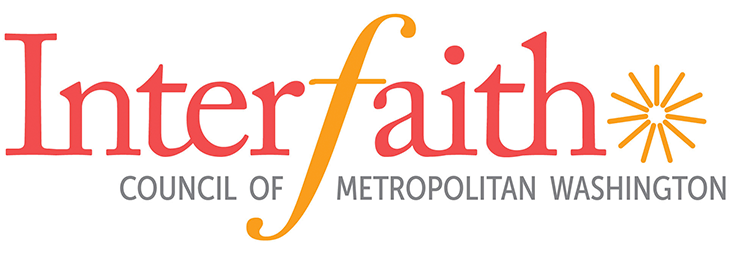It is becoming increasingly obvious that the interfaith movement is headed towards a radical paradigm shift. As young people around the world exhibit a rapid decline in religious affiliation, important questions arise not only regarding the sustainability of the movement, but also its relevance in contemporary society. Authentic interfaith engagement is inherently advantageous and well positioned to address all the great crises of our time. It is a sacred space where we can behold the wisdom of our many beloved traditions, towards the restoration of the environment, the dignity of the human person, and the healing of our broken community. It is the place where we can arrive as our wholly authentic selves- where the complexity and intersectionality of our human identities are embraced and celebrated. And yet, contrary to common interfaith discourse, these aims prove to be largely aspirational.
Despite the interfaith movement’s vision to aspire towards justice, equity, unity, and peace, interfaith spaces have become remarkably fragmented. Our collective understanding of interfaith engagement is often quite superficial- satisfied with mere religious tolerance and an overemphasis on sameness rather than difference. This emphasis on commonality inadvertently encourages conformity with Western epistemology, and the perpetuation of colonialism and Christian privilege. In this context, the use of the word “colonial” aims to describe the academic discourse surrounding “the experience, knowledge, history, and dynamics which are the result of the process of colonization” (Crist 2021).
In effect, interfaith activity often inevitably serves as simply a more legitimate form of spiritual bypassing. In the face of systemic injustice, its allyship frequently equates to pleasing words and empty gestures that uphold the same oppressive structures it ideologically opposes. Often this is a consequence of our tendency to boast of religious diversity, while lacking any real racial, social, and cultural diversity. Attempts at radical inclusivity become limited when most participants are disproportionately white and demographically homogeneous.
The absence of youth in religious spaces also speaks to a larger problem regarding a lack of accountability. Young people will not tolerate our inefficacy, nor will they find safety in spaces that cater to the comfortability of their most privileged members. For the interfaith movement to effectively fulfill its mission, it seems inevitable that we must work towards pragmatic accountability for our historical relationship with, and legacy of, colonialism. Are we, as an interfaith community, brave enough to admit the ways in which individuals, religious organizations, and institutions, directly or indirectly contribute to the perpetuation of inequities?
My hope is that we will seize the opportunity to do better. That we will make the decisions now which set a new precedent for the future. That we can meet new voices with embrace, rather than resistance, and see to the allocation of our resources in ways which produce equity rather than uphold disparity. Perhaps then, future generations will return to a view of religion and spirituality as a means of transformation and transcendence, rather than an obstacle to progress, and we can collectively work together towards the restoration of environment, person, and community. Afterall, is there any option left for us?
By Geneva Blackmer, Interim Director | The Interfaith Center at Miami University
References
Barnet, Vern. “A View of Our Desacralized Society and the World’s Religions as a Whole System.” CRES. 2005. https://cres.org/
Crist, Teresa A. Decolonizing Interfaith Interaction: Common Humanity and Colonial Legacies.
ProQuest Dissertations Publishing, 2021.
Pew Research Center, June 13, 2018, “The Age Gap in Religion Around the World”
